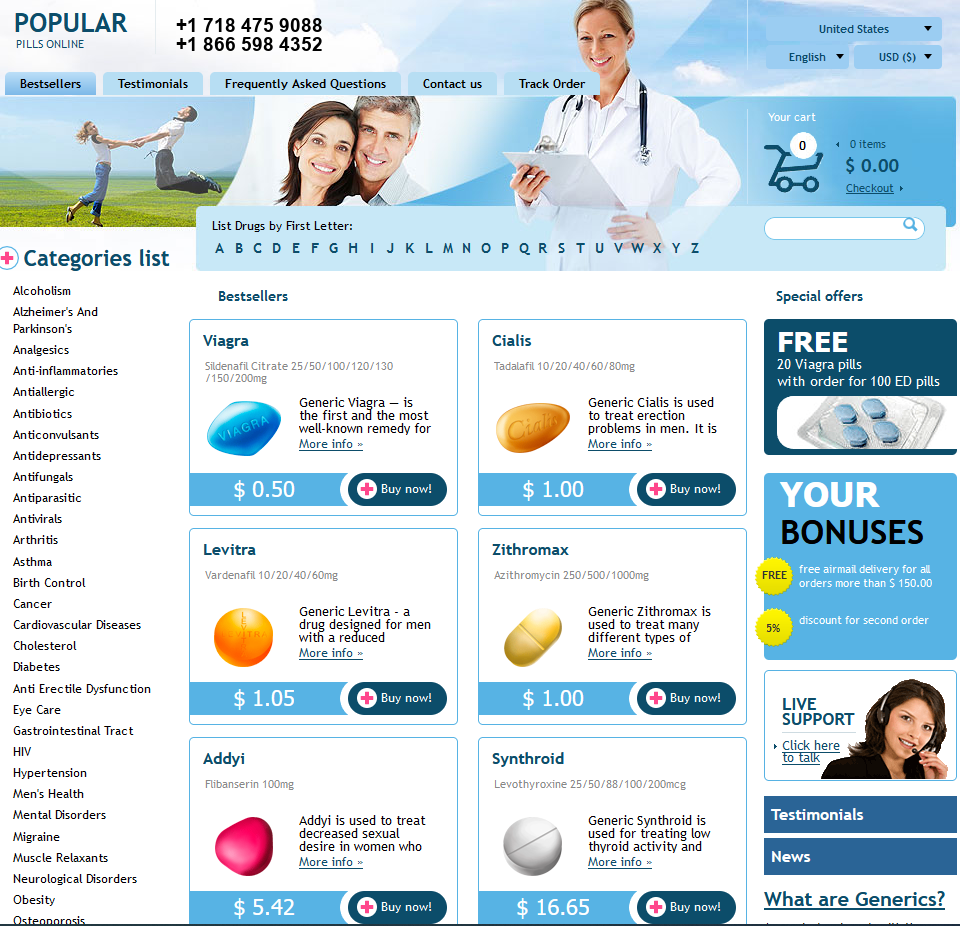 |
Click Here To Visit Our Pharmacy ↓ Managing Edema with Furosemide: a Comprehensive Guide
Managing Edema with Furosemide: a Comprehensive Guide
Understanding Edema: Causes and Symptoms Edema, characterized by swelling due to fluid accumulation, can profoundly impact daily life. Often affecting the extremities, it can stem from varied causes such as heart failure, liver cirrhosis, kidney disease, or even prolonged sitting and standing. Recognizing its symptoms early, like puffiness and stretched skin, is crucial for effective management. To better understand edema’s common triggers and manifestations, refer to the table below, which outlines causes and related symptoms. ```html
This comprehensive understanding aids in identifying potential underlying health conditions and guides appropriate therapeutic interventions. Introduction to Furosemide: How It Works  Furosemide, a loop diuretic commonly used in the management of edema, plays a pivotal role in alleviating fluid retention issues. By targeting the kidneys, furosemide effectively promotes the excretion of excess sodium and water. This process occurs primarily in the loop of Henle, a critical structure within the nephron responsible for urine concentration. The mechanism of action of furosemide involves inhibiting the reabsorption of sodium and chloride ions in the ascending limb of the loop of Henle. Consequently, this leads to an increase in urine production, thereby reducing fluid buildup in tissues. Patients taking furosemide often experience a noticeable decrease in swelling and pressure in affected areas. While furosemide is effective, its action is swift and powerful, necessitating careful dosage and monitoring to avoid dehydration or electrolyte imbalances. Understanding its mechanism can greatly enhance its benefits while minimizing risks. Proper Dosage and Administration of Furosemide When using furosemide, accuracy in dosing is paramount to its effectiveness and safety. Typically administered orally or via injection, the drug's dosage can vary based on the severity of the edema and the individual's response. It's crucial to follow a healthcare provider’s guidance, as improper administration can lead to inadequate results or potential complications. Furosemide can interact with other medications, so ensuring a detailed review of any concurrent drug usage with your healthcare provider is essential. To maximize benefits and minimize risks, furosemide should be taken consistently, as directed. Timing plays a vital role, with many patients opting for morning administration to avoid nighttime bathroom trips. Monitoring one's response to the medication is essential, as adjustments might be necessary to optimize treatment. Pay close attention to dietary factors and fluid intake, as these can influence the medication's effectiveness and help maintain the delicate balance of electrolytes. Adhering to prescribed guidelines ensures that furosemide helps manage edema effectively while mitigating potential side effects. Regular consultations with healthcare providers facilitate ongoing adjustments and assessments of the treatment plan's efficacy. This collaborative approach allows for personalized care, addressing individual needs and fostering a proactive management strategy with the medical team’s expertise at the forefront. Potential Side Effects and Precautions  While furosemide is a powerful ally in managing edema, being aware of its potential side effects is crucial. Common side effects include dehydration and electrolyte imbalances such as low potassium levels, which can lead to symptoms like fatigue or muscle cramps. In more severe cases, these imbalances can trigger heart arrhythmias. It’s essential to monitor your body’s response and stay well-hydrated to mitigate these effects. Precautions are equally important, especially for those with existing medical conditions. For instance, individuals with kidney problems, diabetes, or liver disease should discuss their health history thoroughly with a healthcare provider before starting furosemide. It’s also advised to avoid prolonged sun exposure due to the increased risk of photosensitivity reactions when taking this medication. To ensure safety, regular blood tests may be prescribed to monitor kidney function and electrolyte levels during treatment. This vigilance helps in adjusting dosages as needed and catching any adverse reactions early. Always maintain open communication with your healthcare team and report any unusual symptoms promptly. Lifestyle Changes to Complement Furosemide Treatment Integrating lifestyle changes into your routine can significantly enhance furosemide's effectiveness in managing edema. Maintaining a low-sodium diet is crucial, as sodium can cause fluid retention. Opt for fresh foods and avoid processed options high in salt. Regular physical activity is equally important, as it helps improve circulation and reduces swelling. Gentle exercises, such as walking or swimming, are great choices. Adequate hydration supports your body's natural fluid balance, but be mindful of your overall fluid intake as per your healthcare provider's advice. Elevating your legs when sitting or lying down can also help reduce swelling. Remember, these lifestyle adjustments not only boost furosemide's benefits but also promote overall well-being. Here’s a quick glance at some suggested changes: ```html
Consulting Healthcare Professionals for Edema Management Consulting healthcare professionals is crucial in managing edema effectively. They provide personalized advice based on the underlying causes of the edema, ensuring that furosemide is the appropriate treatment. Their expertise helps in careful monitoring of progress, adjusting medication dosages as needed, and identifying any potential interactions with other medications you may be taking. Beyond medication management, healthcare providers guide you in implementing lifestyle changes that enhance treatment effectiveness. They can offer valuable insights into dietary adjustments, such as reducing sodium intake, and suggest physical activities suitable for your condition. Regular consultations ensure that any adverse effects are promptly addressed, promoting better overall health outcomes. Making informed decisions under the guidance of healthcare professionals ensures a comprehensive approach to managing edema. They can also interpret lab results and evaluate how well your body is responding to furosemide, offering peace of mind through each step of the treatment process. Partnering with your healthcare team fosters a supportive environment essential for successfully navigating treatment. For further reading, refer to these resources: NCBI and PubMed. |
| Aventura Family Health Center - 16899 NE 15th Avenue - North Miami Beach, FL 33162 / Tel: 305-940-8717 / Fax: 305-402-2989 | |